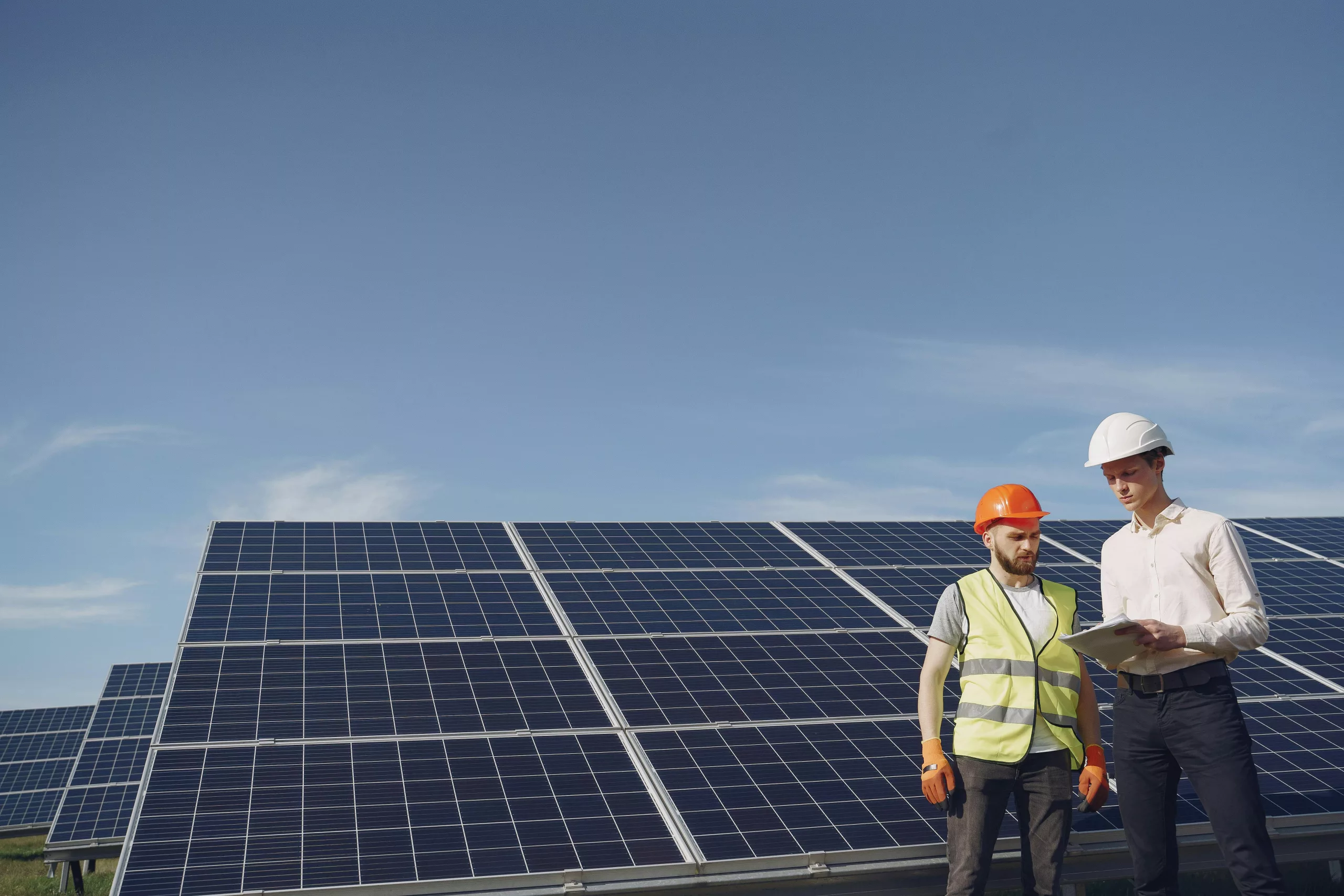In the quest for cleaner energy, solar power shines as a beacon of renewable promise. Yet, researchers are constantly grappling with ways to boost the efficiency of the solar cells at its core. Strides in understanding and harnessing the power of the sun have been facilitated by the High-Performance Computing Center Stuttgart (HLRS), where scientists explore the role of “strategic imperfections” in revolutionizing energy conversion.
Germany’s Solar Power Surge
A look back reveals Germany’s impressive leap in solar energy utilization. From a mere sliver of its electrical generation portfolio in 2000, solar power’s contribution has swelled to around 11 percent by 2022. Registrations for solar installations soared, driven by a dual thrust of handsome homeowner subsidies and advancing technologies that reduced the cost of solar panels.
Globally tumultuous oil and gas markets underscore the value of solar energy as a stable alternative, particularly within Germany’s energy landscape. However, despite notable advancements, modern solar panels still operate near 22 percent efficiency. In light of this, researchers tirelessly seek avenues to refine and augment this figure.
Supercomputing and Solar Cell Research
Enter the research team from the University of Paderborn, spearheaded by Prof. Wolf Gero Schmidt. Utilizing the Hawk supercomputer at HLRS, this group delves into the conversion dynamics of solar cells—the transformation of light into electricity—and how incorporating particular impurities may enhance their function. Schmidt’s motivation coupled an academic pursuit of cutting-edge methodologies with a response to inquiries from the Helmholtz Zentrum Berlin, aiming to decode the fundamental operations of these energy converters.
Fascinating insights emerged from the Hawk-powered simulations, particularly regarding excitons (electron and hole pairs produced by light excitation) and their manipulation to boost energy capture within solar cells. Contrary to prevailing thought, the researchers discovered that certain “defects,” if tactically introduced, might boost exciton transfer, thereby increasing efficiency. Their findings were shared with the academic community through the esteemed journal Physical Review Letters.
Challenging Conventional Solar Cell Design
The vast abundance of silicon on Earth has made it a cornerstone material in solar cell production. Yet its attributes are not without limitations, especially concerning the energy conversion of high-energy photons, such as those emitted by violet light. High levels of energy in these photons surpass the conversion capacity of silicon, resulting in excess heat rather than electricity, which erodes both performance and lifespan of the cells.
To counteract this, scientists like Schmidt’s team are experimenting with alternative materials, including layers of tetracene—a different type of semiconductor that exhibits singlet fission, a process that divides high-energy excitons into two lower-energy entities. By interfacing tetracene with silicon, there’s potential to harness and convert a greater portion of photon energy into electricity.
Embracing Imperfections
The pursuit of perfection in solar cell design, particularly at the interfaces between different materials, has long been considered the Holy Grail for maximizing efficiency. However, the research from Paderborn turns this notion on its head. By leveraging ab initio molecular dynamics (AIMD) simulations to process interactions at an atomic level, the team made a groundbreaking revelation: imperfect interfaces might actually be more conducive to exciton transfer than their flawless counterparts.
Prof. Uwe Gerstmann and Dr. Marvin Krenz, key players in the research, highlight the historical significance of “defects” in semiconductor technology—pivotal in the construction of diodes and transistors. Their seminal work advocates a paradigm shift in design philosophy, moving towards “perfectly imperfect” interfaces that foster more effective exciton transferring methods.
Equipped with this new paradigm, these innovators plan to channel their computing prowess into developing interfaces that strike an ideal balance between flaw and function. Their work emphasizes a steady climb towards superior solar technology, rather than overnight success, with the potential to substantially raise solar cell efficiency in the foreseeable future.
References to the groundbreaking nature of their work can be found in the article titled “Defect-Assisted Exciton Transfer Across the Tetracene-Si(111):H Interface” in the journal Physical Review Letters.
